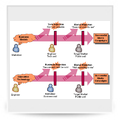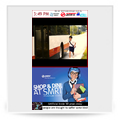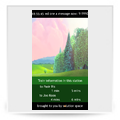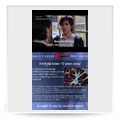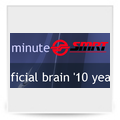Digital Signage
Most Digital Signage systems today tend to bombard passersby with advertisements in the hope of generating revenue. We noticed that such a simplistic approach often fails, possibly due to a complete lack of content that may actually interest the audience. Furthermore, many solutions are limited in functionality, and use Windows-based controllers, which have the tendency to cause embarrassing pop-ups and BSODs.
Just in Singapore, we have observed the coming and going of solutions from various vendors, but for a number of reasons none seems to be very successful. However, a well-implemented Digital Signage system can be a beneficial to all; the audience should be able to appreciate the information or the experience provided. We have set out to prove that, together with the SMRT.
Digital Media Manager
The Singapore Mass Rapid Transit has engaged Solution Space for the software development of their latest media project, called the Digital Media Manager (DMM). DMM uses Vides, Pinxi and Mimic, combined with a set of sol-core based customized back-end services. The project is expected to go live in the second half of 2010.
DMM is going to be deployed on high-end hardware, including large high-resolution screens. But in our eyes, the real critical success factor of the system will be the variety of enticing content.
In DMM the Media team in SMRT has, together with us, come up with quite a number of ideas to captivate an otherwise indifferent commuter. For example, advertisements are spiked with interesting information, such as RSS feeds from the Internet, news headlines, live train information, weather information, lucky draw contests and so on.
The system allows new content and novel scheduling to be carefully planned, configured and released, without the need to modify the deployed software. The flexible layout structure enables an wide range of features to be tried and tested in this system.
Vides has no problem with portrait-mode screens, making it possible to segregate layouts into multiple panes allowing diversified content presentation.
Some basic test screens and initial layouts are shown below.



